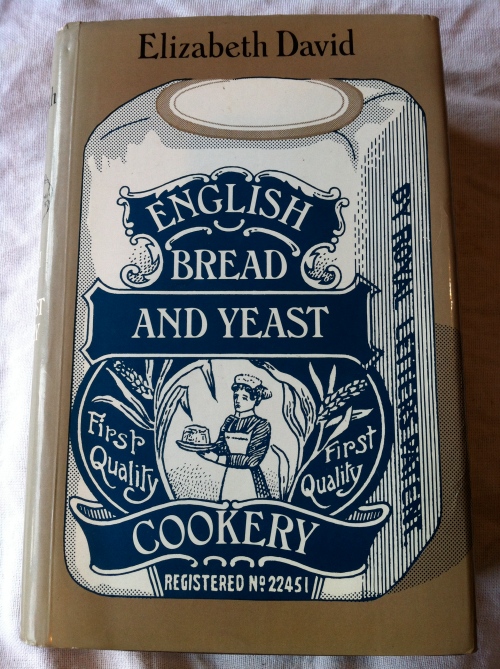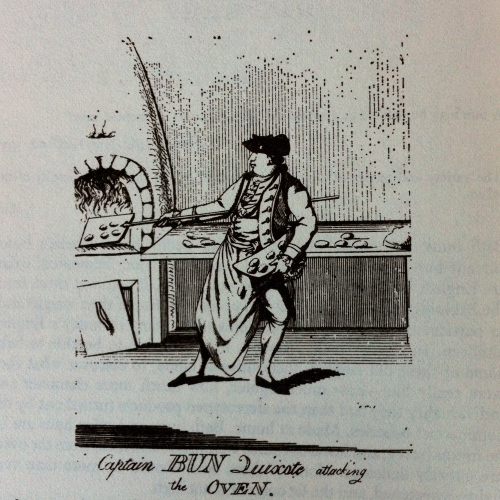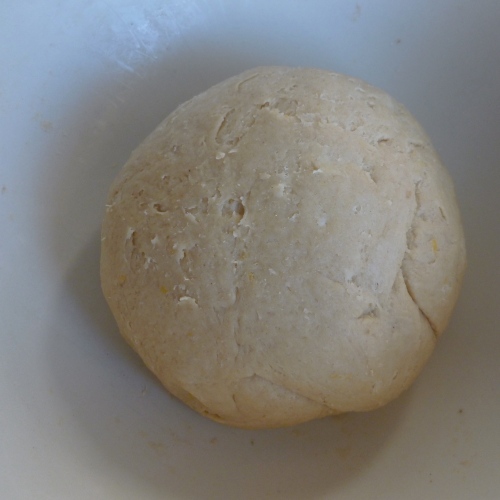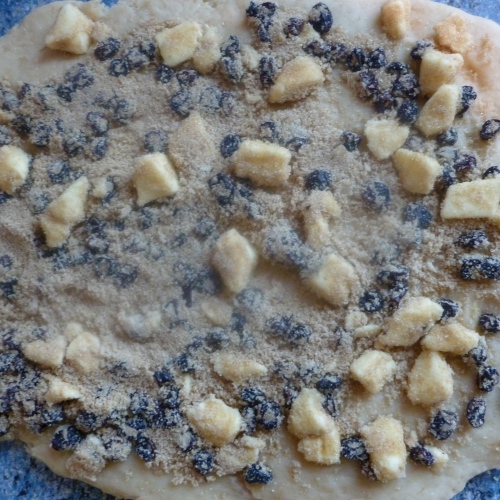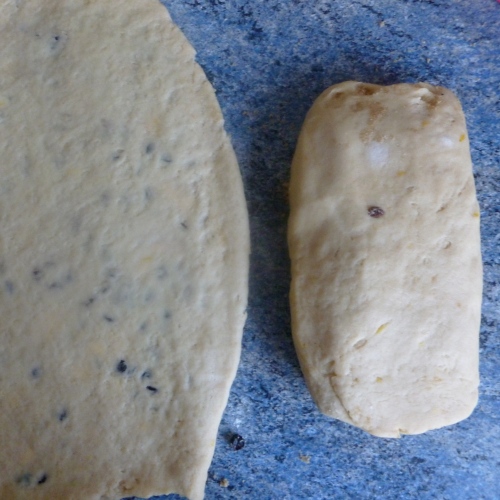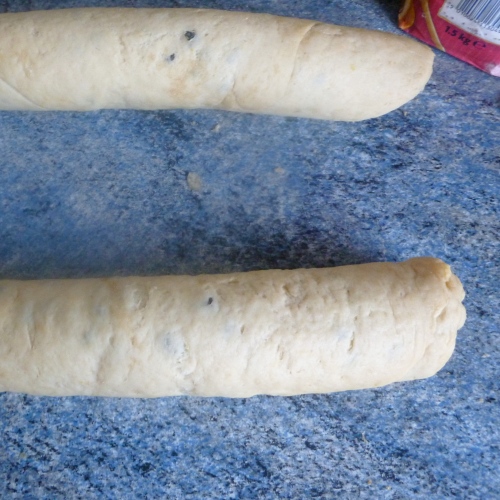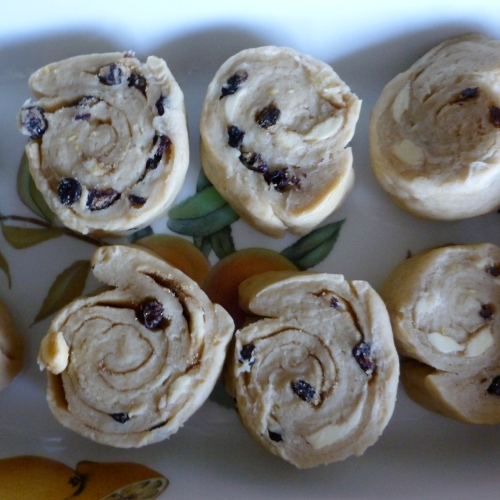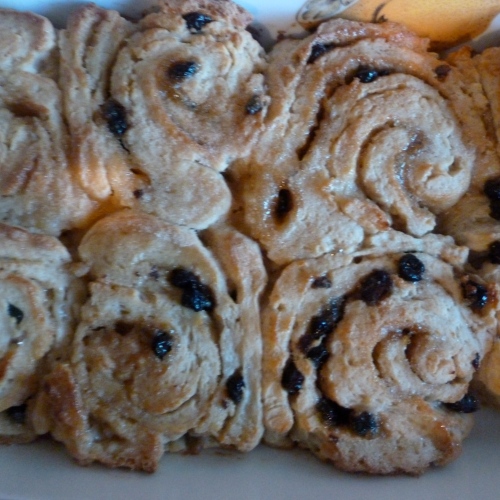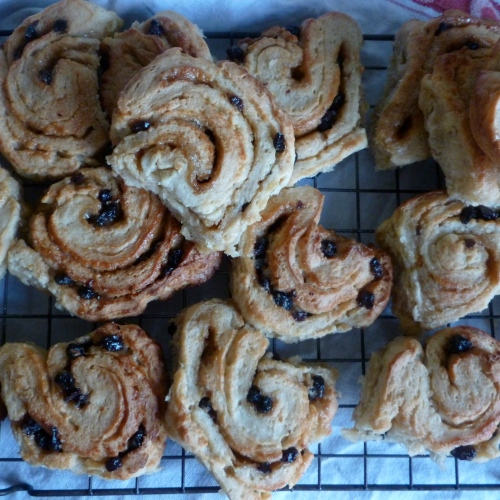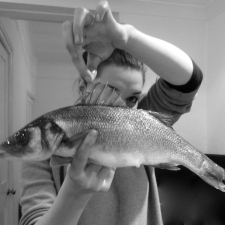For most people Sunday is used as a day of rest and relaxation; put your feet up and have a cup of tea and a biscuit. For me, I want to be brewing the pot and making the biscuits. Last Sunday was no different, I invited a friend over for a day of sourdough experimentation! I’d spent the week nurturing what became affectionately known as my ‘alien baby’ otherwise known as a sourdough starter. Here it is in all it’s bubbly fermented glory!

To start this off, I used a San Fransico sourdough culture bought for me by the same dear friend who came over to help. This was to be mixed with strong bread flour and water and then fed every day for a week. Some of the instructions were baffling “Leave your starter in a warm place between 80 and 90 degrees” even in fahrenheit this is outrageously warm for a February (or even mid summer!) in London. I put it by the boiler and hoped for the best. I nurtured this creature for a week, feeding it every day with flour and warmed water, stirring it, sniffing it, until it reached this very alive and yeasty stage.
The next part of my story is less successful. I’m sharing it with you because the starter gave rise (no pun intended) to a really excellent day of eating, cooking and catching up with a great friend and because the starter was such a bubbly success I just had to show you… the bread, alas, was not so successful hence why no recipe is included. I’ll wait until it’s fool proof.
We discovered early on that not only does the starter take an awfully long time to prepare, so too does the bread itself. Most recipes I found started at 8.30 in the morning and then had half an hour timed instructions through to 6pm! We thought the hard part was over with the starter, no such luck. Eventually we found a recipe that was more to our liking, mainly because it appeared not to take as long as some of the others. It did however, seem a bit untrustworthy, the fellow who wrote it was a shifty looking character and the instructions were a little hazy which is not a good sign in a bread recipe. Despite this we ploughed ahead and created a lovely sticky dough

We then had to knead it for 15 seconds, then rest for 30 minutes. Yes that’s right, 15 seconds – 30 minutes. You repeat this step over many hours increasing the resting time each time. At one point you swap from the mini kneads to a stretching and folding routine. Our dough was really rather nice, soft, floppy, warm and glutinous maximus! When tipping it out of the bowl, it hung on for ages, stretching it’s gluten enriched strands down towards the table in a most satisfyingly alien manner. Unfortunately I didn’t get a great picture of this because by that time, it was getting dark.

To relieve ourselves of the monotony, we decided to throw together some lunch. I, of course, had originally thought we could have warm bread and cheese, but new plans had to be made. It was a typical Sunday in our fridge, the ends of the week’s shopping and vegetable box hung around waiting for inspiration. There would be a number of things that were off limits as they had been reserved for supper and on this particular Sunday this left very little to play with. With the familar cry of “pasta?” in the air, we foraged until my friend in a flash of inspiration said: “Pasta Con Le Sarde?” After living in Venice for many years, she is very good and seeking out what I cannot when looking at an empty fridge. OBVIOUSLY I did not have any fresh sardines just lying around, but we had most of the rest of the ingredients and to be honest, it was delicious. I can’t wait to try it with the sardines!
Pasta Senza Sarde (Pasta Without Sardines)
200g mini orzo pasta
5 anchovies
2 cloves of garlic finely sliced
2 large fresh tomatoes, roughly chopped
30g raisins
Parsley, roughly chopped
Parmesan to serve
Cook your pasta according to instructions…meanwhile…
Warm a good slug of olive oil in a pan and add the anchovies to melt, slowly on a low heat.
When they have broken down and are smelling lovely add your garlic, raisins and tomatoes and cook slowly until the tomatoes are beginning to break down and the raisins have puffed up a bit
When the pasta is cooked, drain it, loosen it with olive oil, and stir it through the fishy tomatoes, add the parsley at the last moment and serve with Parmesan. Eat with a spoon!

A proper recipe for this, with the correct additions of white wine, fennel and saffron (and of course sardines) can be found here. I’m certainly going to try it.
After lunch we braved the bread again, this time stretching then folding the dough into thirds and then leaving it to rest, again and again…..
 It was a very lovely dough. It certainly felt as though it was going the right way… But then, who knew? We were just persevering with the ever complicated recipe and hoping we were on the right track.
It was a very lovely dough. It certainly felt as though it was going the right way… But then, who knew? We were just persevering with the ever complicated recipe and hoping we were on the right track.
The bread making left quite a lot of room to do other things so I decided we needed something sweet. Tea time was fast approaching and the bread was far from ready. Oatmeal and Raisin Cookies were the decided treat and I set about it.
The recipe I used is one from the lovely food blog Smitten Kitchen
These aren’t really a chewy cookie, they are more of a soft tea time mini bun. Tom is insistent that they are rock buns. I will continue to call them cookies because that’s what they appear to be. In reality, he is probably right.

The reason I like this recipe is that it is ridiculously quick. Butter, sugar and an egg are combined in the whizzer, then flour cinnamon and salt are added, oats and raisins are mixed in at the end and then you simply put dollops of the dough on a tray, chill for 10 minutes then cook for 10 minutes. Excellent and all ready in half an hour.
I like to make mine really small, about a teaspoon of dough per cookie. It is a very good idea to chill them for 10 minutes in the fridge first as they probably have a tendency to spread like mad if you don’t.
I haven’t reproduced the recipe here as it is in full and good order at Smitten Kitchen. If you don’t have American weighing cups, I recommend you get some. They make this sort of cooking so much easier and are very satisfying. Translating recipes from cups is pretty difficult as you can imagine: think of a cup of flour, a cup of dark brown sugar and a cup of walnuts, these are not going to all weigh the same. Next time I make these, I will weigh each thing and write it down and share it if you really want. But until then, buy some cups.
So after our tea time treat we went back to the bread… Evening was fast approaching and my dear friend was getting tired, she left me with the dough and went home for some well earned rest. I soldiered on with the dough, stretching, folding and resting (I was resting too, 30 minutes of series 1 of ER then back to the kitchen)
As it was now dark I thought I’d better start on dinner so with the remaining bits and bobs in the fridge I whipped up a potato curry. And jolly nice it was too. It was influenced by an Ottolenghi dish and some general online curry recipes.
Potato Curry
1 tbsp cumin seeds
1 tbsp coriander seeds
6 cardamom pods
½ tsp ground turmeric
1 tsp paprika
1 tsp ground cinnamon
700g potatoes, peeled and quartered
200g carrots, peeled and quartered
2 tbs vegetable oil
1 tbs black mustard seeds
1 onion, sliced thin
5cm piece ginger, peeled, grated
1 green chilli, seeds removed, chopped
2 garlic cloves, crushed
5 or 6 curry leaves
1 tin of good chopped tomatoes
125ml coconut milk
Toast the coriander and cumin in a pan until they start popping
Transfer to a pestle and mortar and grind them up with the cardamom until they smell wonderful. You can throw away the cardamom skins when the seeds are released
Heat the oil in a pan and add the onions, fry until soft then add all the spices, ginger and mustard seeds and stir to gently cook them. Now add the chilli, curry leaves, garlic, carrots and potatoes and mix the while lot together until the potatoes are turning yellow with the turmeric.
When everything is smelling wonderful, add the tinned tomatoes and coconut milk and leave it to putter away on a low heat with the lid on for a good hour.
Check on it after this to make sure the potatoes are cooked, then when you are ready to eat, re-heat with the lid off for another 30 minutes.
You could do all this in the oven too if you were so inclined.

I desperately wanted to make Naan bread to go with this but we didn’t have any yoghurt and I still needed to focus on the sourdough, which was gently mocking me from a corner of the room.
Finally it was time to shape the dough. Last year I went on a bread baking course at the wonderful Lighthouse Bakery School. It was such a fantastic day, I highly recommend it. In fact my bread lesson companion was the same as my sourdough buddy, but unfortunately she had long since gone home and so the shaping lesson we had listened so intently to at the Lighthouse was left to me alone to re-create. One thing that really stuck from that day was the lesson not to knead your dough with flour. Instead we were taught to wipe a light layer of olive oil onto the surface, this keeps the dough from sticking and doesn’t add a new component to the dough. Kneading with flour means you ruin the delicate balance of ingredients.
Another important lesson was how to shape the dough using it’s own elasticity, stretching the dough so it forms a ‘skin’ on the top.
You do this by pushing the dough away from you and then folding it back on itself. You do this around 6 times turning after each fold so you have created a taught top (which will be facing down). It still looked like an alien.

To be honest, I knew this was where things would start to go downhill. The recipe I followed only called for one shaping of the dough. A sourdough has an extremely high water content and it spreads if you leave it for even a minute. I think this dough needed 2 shapings.
This is a pretty interesting video. I like how she calls a Boule a Boo-lee!
But it gives you an idea of how crazy this dough is. It runs away from you!
So to cut a very long story a little shorter, I shaped my dough, slashed it and left it to rise one more time and then I put it in the oven for the suggested 40-50 minutes…
And I burnt it.
That’s right. After a whole day of labor, I burnt the bugger.
And the slashes sealed up on the top leaving me with a huge round black bomb! OK it wasn’t too bad, the top was VERY crispy but it wasn’t totally ruined. The lovely open texture I was hoping for after all that work, was only evident in the top third of the loaf (due to the slashes disappearing I think). Something went very wrong, I am yet to discover what. I think what is needed is a whole lot more experimentation, but really… who has the time?!
Luckily by this point Tom had come home and had brought some raita with him to eat with our potato curry. We sat down and ate while I mourned the death of a loaf… But we still had warm slices of it for pudding with butter and plum jam… And really, who cares if you make a big baking mistake, it’s all learning and you never know, I might get it right one day and until then, we’ll eat it warm with butter and jam and pretend that’s how it’s supposed to be.
















